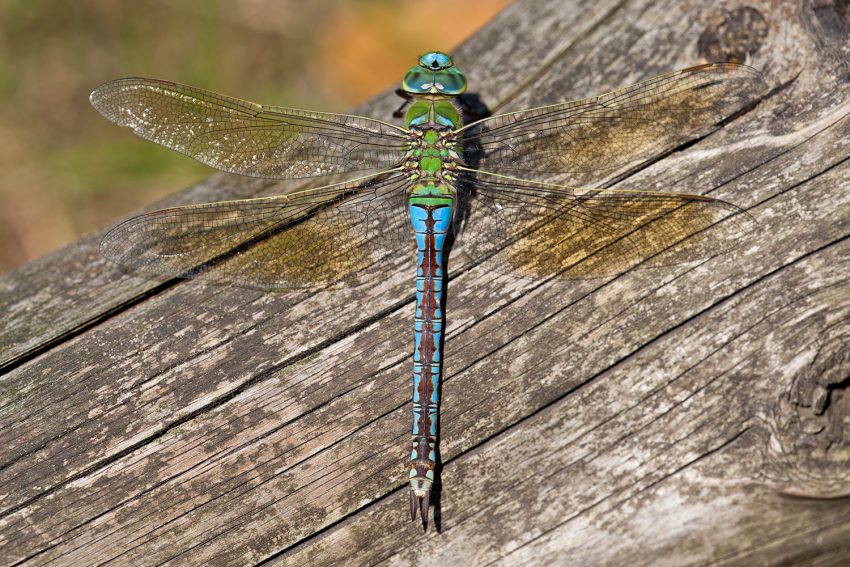Emerald dragonfly, flat-bellied dragonfly or spring damselfly? App helps you identify 81 native dragonfly species
Joint press release by TU Braunschweig and Leibniz University Hannover
Dragonflies fascinate us with their delicate wings and rapid hunting flights over still waters and rivers. However, they are also highly endangered as important indicators of intact ecosystems: habitat loss, water pollution and climate change are taking their toll on many species. But how can you actually tell the difference between large and small dragonflies? How can you distinguish between males and females? And what species are you looking at anyway? An interdisciplinary research team has now presented a free app for identifying dragonflies.
The new identification app, “ID-Logics Libellen”, allows interested users to identify all 81 dragonfly species found in Germany. It is free for Android, iOS, iPadOS, MacOS and VisionOS.
“ID-Logics Libellen” offers:
- High-resolution photos of all 81 species
- Explanatory videos with slow-motion and time-lapse sequences in four subject areas: physique, large or small dragonflies, sex determination (male/female) and life cycle
- Error-tolerant identification logic for easy navigation
Once installed, the app provides users with offline, step-by-step guidance through key features, as well as extensive biological background information and a glossary.
New impetus for biology lessons
The newly developed app is aimed primarily at schoolchildren, extracurricular learning centres and nature enthusiasts. It provides practical access to knowledge about different species and their ecological adaptations. It promotes an understanding of biodiversity and contributes to education for sustainable development, raising awareness of this ecologically important group of insects among young people. Thus, the app supports curricula with regard to digitalisation and provides new impetus for biology lessons.
The app was developed by an interdisciplinary team comprising: Prof. Dr. Jorge Groß (Professor of Biology Didactics at Leibniz University Hannover); Dr. Armin Blöchl (research assistant at the Institute for Terrestrial and Aquatic Wildlife Research at the University of Veterinary Medicine Hannover); Dirk Pape-Lange (dragonfly photographer and publisher of his own dragonfly identification book); and PD Dr. Dagmar Hilfert-Rüppell (research assistant at the Institute for Biology and Biology Didactics at TU Braunschweig, as well as a dragonfly researcher and filmmaker). The distribution maps for all dragonfly species were provided by the Society of German-speaking Odonatologists.
Contribution to nature conservation
The app is part of a growing identification suite. Within the “ID-Logics” collection, the new “Dragonflies” species group joins existing modules for identifying fungi, ladybirds, ants, wild flowers, bumblebees, trees and shrubs, owls, amphibians, and reptiles. Through this collection, the developers are contributing to nature conservation and encouraging citizen scientists to get involved.
Links to download the app:
https://itunes.apple.com/de/app/id-logics/id1309493227?mt=8
https://play.google.com/store/apps/details?id=de.initree.idlogics&hl=de

